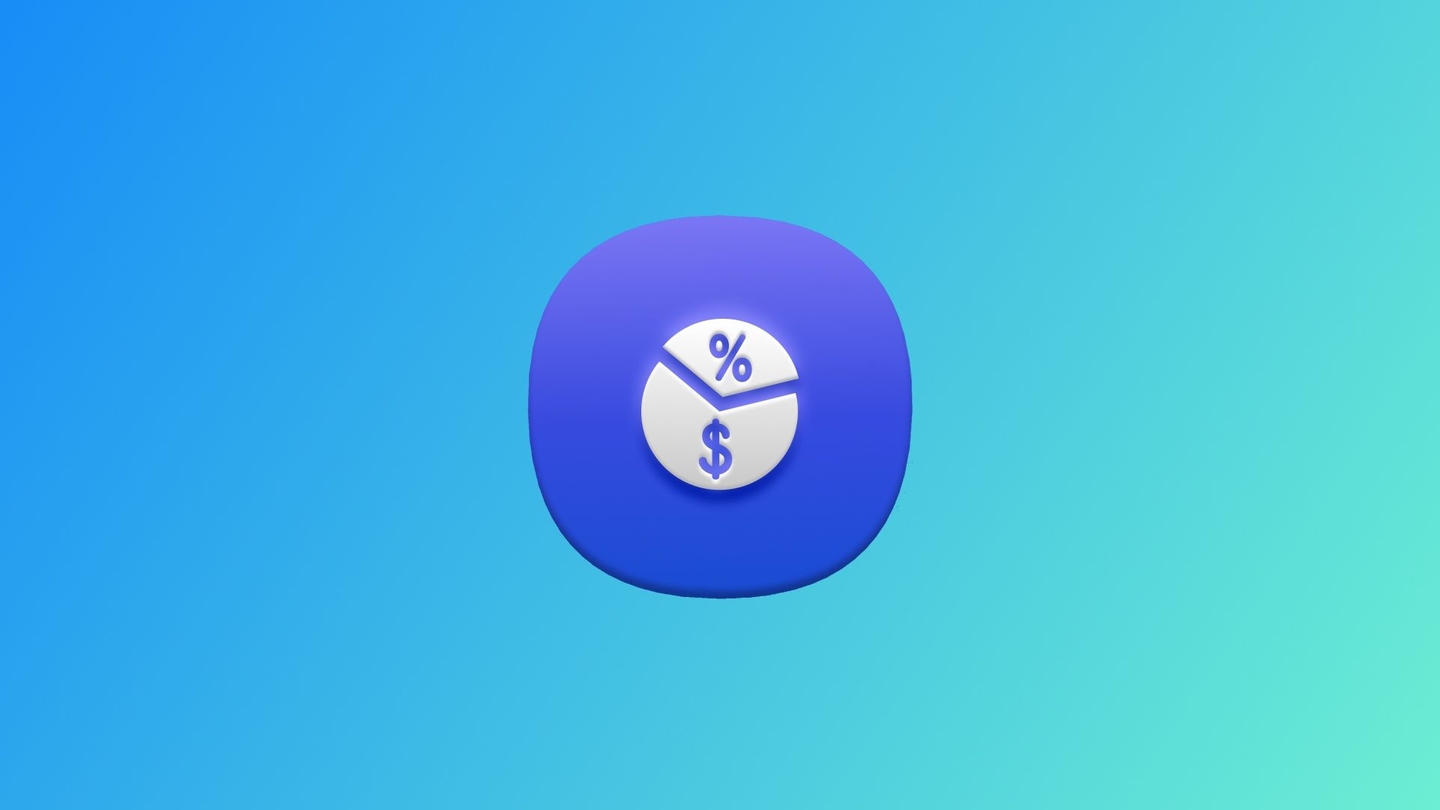Margin is a common instrument in trading that allows investors to borrow some capital from brokers to get larger market exposure and become potentially more profitable. However, on the downside, it could be accompanied by higher risks and increased volatility.
In this article, we’ll look into what margin trading is, how it works, its key definitions, merits and drawbacks, everything you need to know to improve your trading experience.
What Is Margin Trading?
Margin trading or buying on margin implies that an investor borrows some funds from the brokerage firm to buy assets and, consequently, repays them at a later date and usually with some interest charges. This trading approach appeals to many speculators since it allows them to amplify their buying power and, therefore, increase their potential profits. Nevertheless, it’s crucial to understand that margin, as well as any type of leverage, is a double-edged sword. Not only could it magnify the profits but also the potential losses.
Margin trading is usually associated with 2 types of requirements:
- The initial margin requirement is a percentage of total asset value that has to be deposited either with cash or collateral. Its amount depends on the broker firm. However, according to Regulation T introduced by Fed, traders can borrow up to 50% of the full investment value.
- The maintenance margin requirement is a percentage of the total value of the assets in the margin account that a trader has to hold after opening the position.
Margin Trading Example
Let’s say a trader has $2000 cash in his brokerage account and he wants to buy 100 shares of a fictional company AAA that at the moment are traded at $40 per stock. Since the investor can afford to buy only 50 shares ($2000/$40=50), the other half of the money ($2000) can be borrowed from the broker.
In case the investor’s predictions about company AAA are correct and the stock price grows up to $50, he can close the trade with a profit of (50$100) - $4000=$1000 (minus some interest). In case he didn’t take a risk of buying on margin his profits would be half less, ($5050) -$2000=$500.
However, it’s crucial to keep in mind the opposite market situation. If the stock price on AAA shares drops to $30 against all trader’s expectations, he could face the loss of ($30100) - 4000= - $1000 (plus some interest). In case he didn’t trade on margin, the loss would be twice less: ($3050) - $2000= -$500.
How Does Margin Trading Work?

The process of margin trading is fairly simple at first glance. However, as it can be seen from the above-mentioned example, it comes with a rather high level of risk. Thus, to avoid possible losses, especially for beginner traders, it’s crucial to be aware of margin loan key features. Here are some of them.
- To start trading on margin an investor should, first, open a margin account and ensure the initial investment (also known as minimum margin) usually of at least $2000.
- Once the account is enabled the trader can start borrowing up to 50% of the total value of the underlying asset, ensuring that the maintenance requirements are also met.
- The margin loan can exist as long as a trader wants to keep it. Yet, it is usually associated with short-term investments due to increased risks and accruing interest charges.
Margin Interest
Margin interest is usually calculated based on the margin loan size. The more money you borrow the less the margin interest is. Compared to traditional loans, its rate is not fixed and can fluctuate both ways. What’s more, it doesn’t imply a fixed repayment date, meaning that a trader can cover some of its amount at any convenient time.
What Is a Margin Call?
A margin call is a situation when a trader receives a notice from the broker to deposit extra money (also known as maintenance margin) to his account to meet the minimum equity requirements established by their agreement. This usually happens when an investor faces a period of losses, which results in decreased value of his account funds. To get back to the equity minimum, he has to either put in more cash or sell out some of his other positions to satisfy the call. The margin maintenance requirement may differ according to the brokerage company, however, it’s commonly kept between 25% - 35%.
What Happens If You Don’t Meet a Margin Call?
If a trader can’t deposit the required amount of money, he is likely to face serious consequences. The broker will be forced to sell off his other assets without prior notice. In the best-case scenario, it will be sufficient to cover the total amount of maintenance margin, however, it will leave the trader without any open positions.

Let’s consider a situation with a margin call on our example with trading AAA company stocks. In case the broker requires a 35% of the minimum equity requirement and the total underlying asset price drops to $3000, the trader will receive a margin call for $50.
| Stock value | Margin loan | Equity balance ($) | Equity balance (%) | |
| Buying 100 stocks with a total value of $4000 | $4000 | $2000 | $2000 | 50% |
| Stock price falls to $3000 | $3000 | $2000 | $1000 | 33% |
| Maintenance requirements | $3000 | $1050 | 35% | |
| Margin call=$1050-$1000=$50 |
Although the majority of brokers allow for the use of margin up to 50%, it’s reasonable to keep it to the minimum. The lower the margin loan is, the lower are the risks of facing the margin call situation and, as a result, high potential losses.
Tips To Avoid Margin Call
Here are some tips that will help you mitigate risks while trading on margin.
- Pay the interest regularly. It’s better not to take advantage of no fixed repayment date and pay off the margin interest regularly.
- Be realistic about the position size. Opening much larger positions than you can afford magnifies your risks of receiving a margin call. Therefore, it’s crucial to always consider the opposite market situation and have a well-prepared risk management plan for that case.
- Use stop-loss orders. This risk management tool will allow you to limit the possible losses from any open trades and provide you with improved control over your investment portfolio.
- Ensure a better understanding of margin trading. Once you decide to buy on margin, make sure you have enough knowledge about this trading tool, its benefits, and risks. Moreover, keep track of all your open positions, remember their margin requirements, and set the alerts in case the asset price drops below a particular level.
- Avoid opening too many positions on too many markets. As the previous tip suggests, it’s crucial to stay informed about all the opened trades with margin. However, when you have too many of them, moreover, opened on different markets, it becomes much more challenging to keep control over them.
What’s the Difference Between Margin Trading and Short Selling?
Margin trading and short selling have much in common, yet, they are not the same.
- While margin trading provides investors with a chance to borrow money from the broker, short selling allows them to borrow securities.
- When buying on the margin the potential loss is kept to the size of the initial investment and borrowed funds. With short selling, in contrast, the possible loss could be unlimited, depending on the broker (some of them let their clients use protection against the negative balance).
| Margin trading | Short selling |
| Borrowing money | Borrowing securities |
| The losses don’t exceed the amount of borrowed money | The losses are unlimited |
| The process of buying assets with money that you don’t have | The process of selling assets that you don’t possess |
When it comes to similarities, it’s worth mentioning that both of these trading strategies imply a high level of risk and can put in danger other investor’s positions. Therefore, it’s recommended to resort to them only in case having the necessary trading skills and experience.
What Are the Advantages of Margin Trading?
Despite coming with significantly higher risk than traditional trading, margin trading has also some advantages to offer. Let’s have a closer look at the most important of them.
- Greater market exposure. Margin trading allows investors to enhance their buying power and, as a result, diversify their investment portfolio with assets that they could hardly purchase without broker capital.
- Flexibility. It’s possible to take advantage of more prompt market turns when not being limited to the cash on the brokerage account. Moreover, no set repayment date allows investors to follow their schedule in paying off the loan.
- Lower interest charges. Margin trading comes with one of the lowest interest rates available in the industry.
- Higher potential profits. Increased buying power lets traders open more positions on the market, thus, potentially increasing the amount of return in case the assets grow in value.
What Are the Risks of Margin Trading?
Here are the most crucial risks to be aware of when trading with a margin.
- Higher potential losses. In trading, magnified profits are always accompanied by magnified potential losses. No matter if the asset bought on margin increases or decreases in value, investors will have to repay the same amount of loan. Let’s say that a trader opens a position worth $10000 in total, putting in $5000 from his account and borrowing another $5000 from his broker. In case of either winning or losing, in the end, he will need to repay the broker $5000.
- Maintenance margin requirements. Apart from meeting initial margin conditions, investors have to keep track of the maintenance requirements. It means that the value of the investment portfolio should not fall below this particular percentage (usually about 25 - 35%). If the trader doesn’t meet this requirement he will receive a margin call that will force him either to add cash to his account or sell other securities to cover the debt. Moreover, in case the speculator doesn’t react immediately, the broker has the right to sell his assets without any notice.
Conclusion
Margin is a helpful investment tool that should be implemented with particular care. It’s crucial to remember that amplified profits usually come together with higher risks. Therefore, this trading instrument is more commonly used by professional and experienced traders.
If you decide to try out margin trading, make sure you are aware of all its details and possible obstacles. Start slowly, don’t open many positions at the same time, and develop a robust investment strategy that will help you to keep control over your portfolio.


